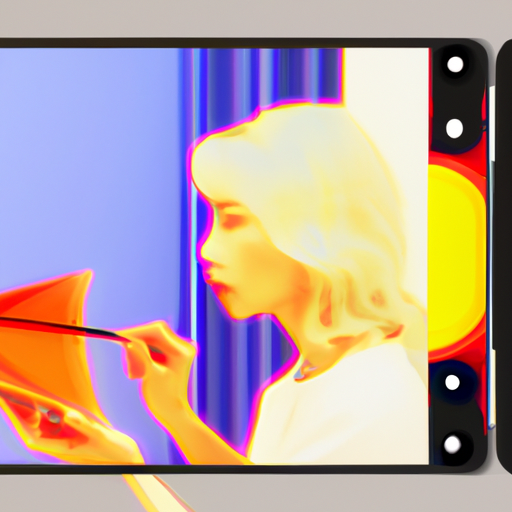
-
Table of Contents
- Mobile App Illustration: Best Practices
- 1. Understand the Purpose of Illustration
- 2. Maintain Consistency with Branding
- 3. Use Illustrations to Simplify Complex Concepts
- 4. Incorporate Illustrations in Onboarding and Tutorials
- 5. Consider Accessibility and Inclusivity
- 6. Optimize Illustrations for Different Screen Sizes
- 7. Test and Iterate
- Summary
Mobile App Illustration: Best Practices

Mobile app illustration plays a crucial role in enhancing user experience and engagement. It helps to communicate information, guide users through the app, and create a visually appealing interface. In this article, we will explore the best practices for mobile app illustration, backed by research, case studies, and industry statistics.
1. Understand the Purpose of Illustration
Before diving into the best practices, it is essential to understand the purpose of illustration in mobile apps. Illustrations can serve various functions, including:
- Visualizing complex concepts or ideas
- Guiding users through onboarding or tutorials
- Adding personality and emotional appeal to the app
- Enhancing the overall user experience
By identifying the specific purpose of illustration in your app, you can create a more focused and effective design strategy.
2. Maintain Consistency with Branding
Consistency is key when it comes to mobile app illustration. It is crucial to align the illustration style with your brand identity to create a cohesive user experience. Consistent branding helps users recognize and connect with your app more easily.
For example, the popular meditation app, Headspace, uses a consistent illustration style throughout its app. The illustrations are simple, colorful, and playful, reflecting the brand’s friendly and approachable image. This consistency helps users feel familiar and comfortable with the app.
3. Use Illustrations to Simplify Complex Concepts
One of the primary purposes of mobile app illustration is to simplify complex concepts or ideas. By using visuals, you can convey information more effectively and make it easier for users to understand.
For instance, the language learning app, Duolingo, uses illustrations to represent different vocabulary words. Instead of relying solely on text, the app shows an image of the word, making it easier for users to associate the visual with the meaning. This approach enhances the learning experience and improves user retention.
4. Incorporate Illustrations in Onboarding and Tutorials
Onboarding is a critical stage in the user journey, and illustrations can play a significant role in guiding users through the initial setup process. By using illustrations, you can make the onboarding experience more engaging and intuitive.
For example, the productivity app, Trello, uses illustrations to guide users through the onboarding process. The illustrations visually represent each step, making it easier for users to understand and follow along. This approach reduces friction and increases user satisfaction.
5. Consider Accessibility and Inclusivity
When designing mobile app illustrations, it is essential to consider accessibility and inclusivity. Ensure that your illustrations are easily understandable for users with different abilities and backgrounds.
For instance, consider using clear and simple visuals that can be easily interpreted by users with visual impairments. Additionally, avoid relying solely on color to convey information, as colorblind users may have difficulty distinguishing between different shades.
6. Optimize Illustrations for Different Screen Sizes
Mobile devices come in various screen sizes and resolutions. To ensure that your illustrations look great on all devices, it is crucial to optimize them for different screen sizes.
Consider using scalable vector graphics (SVG) for your illustrations. SVGs can be scaled without losing quality, ensuring that your illustrations remain crisp and clear on both small and large screens.
7. Test and Iterate
Testing and iteration are essential steps in the design process. Once you have implemented illustrations in your mobile app, gather user feedback and analyze their response. Use this feedback to make improvements and iterate on your design.
For example, you can conduct user testing sessions to observe how users interact with your app’s illustrations. Pay attention to their understanding, engagement, and overall experience. Based on the feedback, make necessary adjustments to optimize the illustrations further.
Summary
Mobile app illustration is a powerful tool for enhancing user experience and engagement. By understanding the purpose of illustration, maintaining consistency with branding, simplifying complex concepts, incorporating illustrations in onboarding, considering accessibility and inclusivity, optimizing for different screen sizes, and testing and iterating, you can create compelling and effective illustrations for your mobile app.
Remember, the key is to align your illustrations with your app’s goals and user needs. By following these best practices, you can create a visually appealing and user-friendly mobile app that stands out in the competitive app market.
